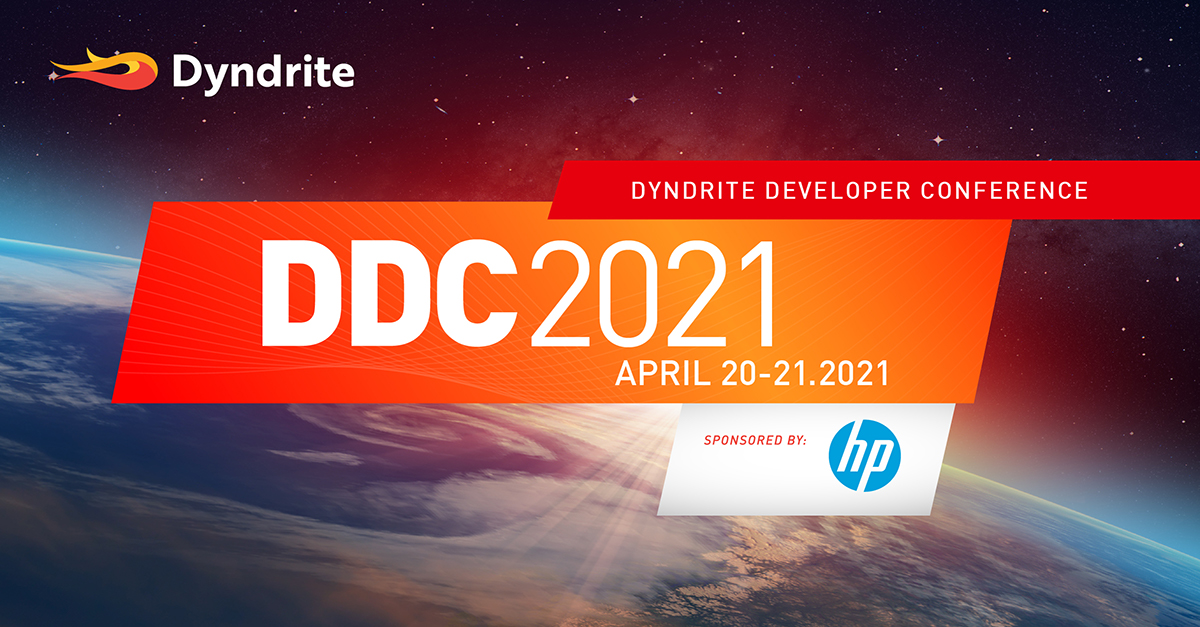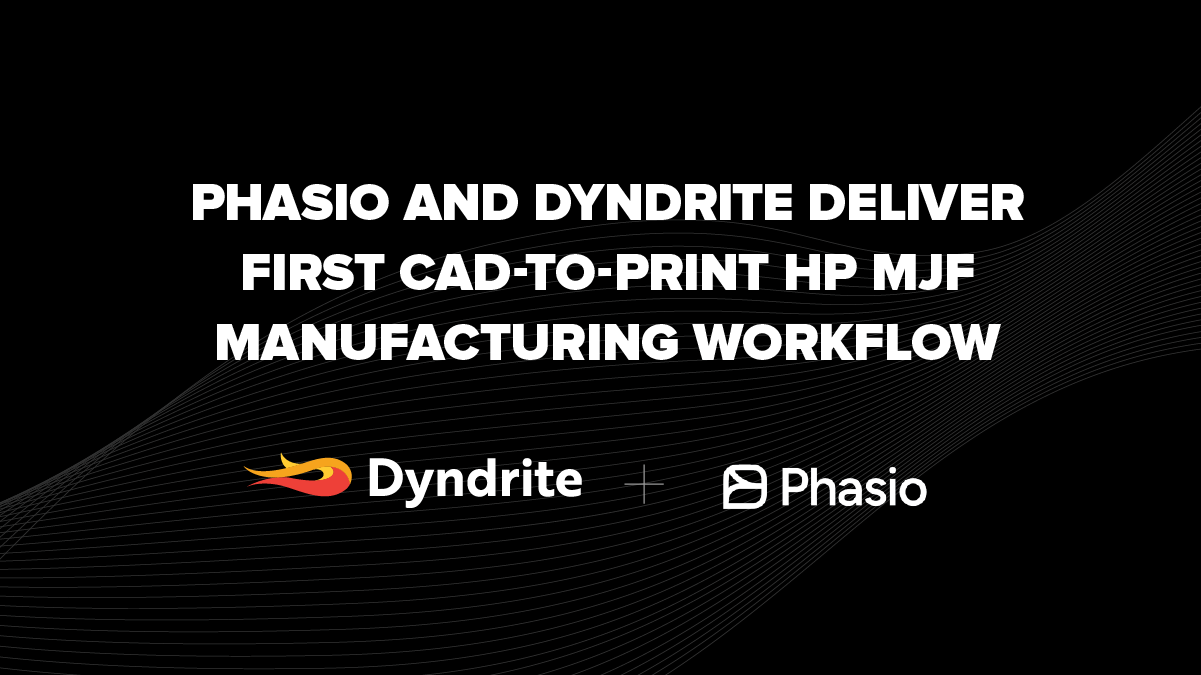What “Open” Means to the Machine OEM
Explore the concept of “open architecture” and what it means to industry leaders like Aconity, EOS, Renishaw, and SLM Solutions. These LPBF machine vendors advocate for open architecture, allowing users to customize and optimize various machine parameters, materials, and processes.

We often hear the term “open architecture” or “openness” through various marketing mediums in the manufacturing sector. But what does it truly mean? Why is it important? And what does it enable? The goal of this post is to answer these questions in the context of Additive Manufacturing, with a specific focus on Laser Powder Bed Fusion (LPBF) 3D metal printing.
Gartner defines open architecture as “a technology infrastructure with specifications that are public as opposed to proprietary. This includes officially approved standards as well as privately designed architectures, the specifications of which are made public by their designers.”
In the context of different LPBF machines, openness means end users can modify various aspects of the machine, its materials, and how the machine operates. Many Laser Powder Bed Fusion machine manufacturers, such as Aconity, EOS, Renishaw, and SLM, advertise an “open architecture". They offer similar benefits to their users, especially for those performing material and process development. So, let’s dive in and explore the openness statements of a few machine builders:
Openness Statements by Machine Vendor
Aconity
Claimed Benefits:
- “Enabled by the open architecture of the optics which allows for drastically decreasing the applied spot size while also manipulating further parameters, such as introducing a laser modulation frequency for a reduced energy input” (3D Printing Industry)
- “Allows users to modify its parameters to craft the best approach for fabricating a particular material desired by the customer – an approach that differs from the typical commercial approach of not allowing user control over build parameters” (UTEP)
EOS
Claimed Benefits:
- “Offering customers greater freedom for application-specific parameter optimization” (EOS)
- “Freedom to optimize and develop their own parameter sets” (EOS)
- “Change all relevant standard parameters like laser power or scan speed” (EOS)
- “ New [scan strategy?] patterns have been added to the already strong range” (TCT)
- “Increasing the productivity of the system, saving costs or by improving the quality of the parts” (EOS)
Renishaw
Claimed Benefit:
- “The open parameter ethos for materials used on our systems helps to encourage the development of parameters for new materials" (Renishaw)
SLM Solutions
Claimed Benefit:
- “Materials and process parameters are the most essential ingredients” (SLM)
- Open Materials [development]: “One thing we will never do. Tell you our machine only works with our powder, or in a slightly more passive-aggressive way – your warranty is invalid if you don’t buy from us” (SLM)
- “Ability to manipulate and improve the SLM process allows our customers to generate a unique competitive advantage in their segment” (SLM)
- “Enables them to develop IP and protect any know-how” (SLM)
From the above, it is clear that nearly all major machine vendors promote openness. While the approach to openness may vary, they all agree that entrusting expert users and materials and process developers with control toolpath is a valuable offering. This openness enables specific use cases to succeed, enabling customers to gain a unique advantage, save money, increase productivity, improve quality, and remain competitive in their field. This last point cannot be overemphasized. Engineers crave to let out their creativity and optimize; the last thing they want is their tools restricting them with “you can’t do that” or “you don’t have to control your destiny.”
Dyndrite supports this thinking, which is why we decided to create a Materials and Process development tool for LPBF. Expert users need software that can fully leverage the capabilities of their machine enabling them to achieve their goals, whether that be optimized build rate, printing intricate geometries, controlling part and surface quality, defining supports, or other geometry-dependent options.
Of course there exists a spectrum to “openness”. Some OEMs allow machines to be uniquely configured, while others provide fixed machines with open parameters configurable by 3rd party software. Some only allow for parameter development using their own software. Which “open” strategy is best for you depends on your internal expertise, your goals, and your experience. Stay tuned for part 2 where we delve deeper into this discussion.
Find out more on this topic by attending Dyndrite Developer Conference 2021, April 20-21 (virtual event)
 Register for DDC2021. It's free!
Register for DDC2021. It's free!



